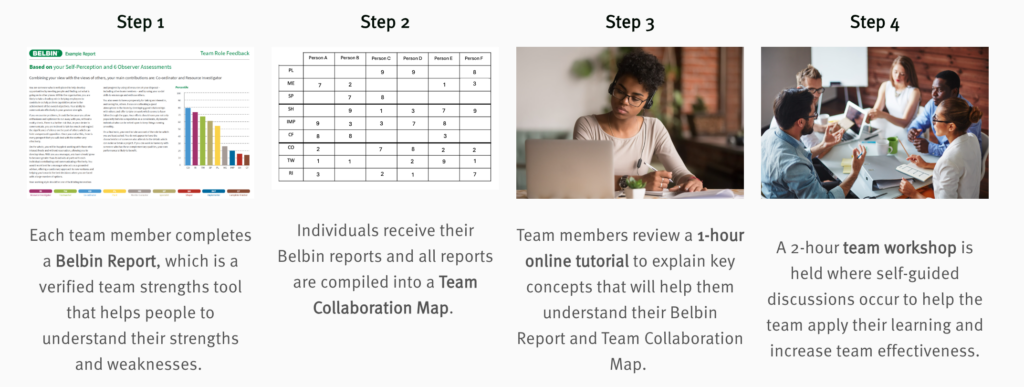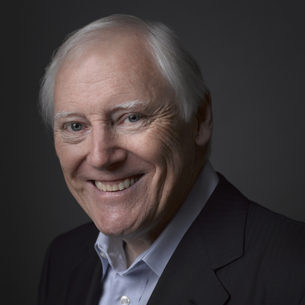Belbin Team Roles
Belbin Team Roles are an essential part of Team Collaboration Mapping.
Belbin is a methodology used to examine how individuals contribute, interrelate and behave on a team. Participants gain a better understanding of their strengths and weaknesses, and how this relates to improved individual and team performance.
Belbin Team Roles have enabled thousands of individuals and companies worldwide to:
- Build productive working relationships
- Select and develop high-performing teams
- Raise self-awareness and personal effectiveness
- Aid recruitment processes
How does it work?
The Belbin Team Role approach:
- Collects self and observer feedback
- Compiles the information in a Belbin report, which educates people about their strengths and weaknesses related to nine main Team Roles
- Facilitates teams using this information to help team members play to their strengths and manage their weaknesses
- Allows for improved communication, working relationships and performance
- Offers eLearning for more in-depth understanding
Who uses Belbin Team Roles?
Our clients are:
- Individuals who want to become more self-aware about the contributions they make to a team and where they could improve
- Teams who wish to identify their strengths and weaknesses, to become more effective and achieve better business results
- Trainers, consultants, managers and organizations who want to get the most out of their people and create a collaborative, communicative culture
Why Belbin over other approaches?
The Belbin Team Role analysis is a behavioral assessment rather than a personality or psychometric one. Personality is unlikely to change, so to get individuals and teams working more effectively, we need to focus on the point where changes can be made: our behaviors.
Instead of only self-reporting, Belbin assessments also use 360° feedback to give people an accurate idea of how they fit into a team.
Data can be used on an individual or team basis, to support better business results.
Click here to learn more.
What does a Belbin report show me?
A Belbin Report will help you to understand your strengths and weaknesses in relation to nine “Team Roles” – clusters of behavior that have a positive impact on team performance. In order for a team to be successful, the right Team Role contributions need to be brought in at the right time. In a Belbin Report, you’ll learn:
- Which Team Roles you have a preference for and which ones you may be weaker in
- How your team or observers see your strengths and weaknesses for each role
- Team Role feedback to help you play to your strengths
- Suggested working styles and placements based on your Team Roles
What are the nine Belbin Team Roles?

Questions?
Feel free to connect with us for any questions.
© Copyright 2023 3Circle Partners
DBA Belbin North America
All rights reserved.



